Gujarati Food Dishes: Basic Overview
Common Ingredients
Common Cooking Methods
Courses
Meals
Key Taste
Eating Etiquette
Meal Presentation
Culinary Festivals
Influence and Fusion
Popular Types of Gujarati Dishes
-
Vegetarian dishes
Gujarati cuisine is renowned for its extensive variety of vegetarian dishes, rooted in the region’s cultural and religious practices.
These dishes often combine seasonal vegetables, lentils, and spices, showcasing Gujarat’s rich agricultural bounty and culinary creativity.
-
Desserts
Desserts in Gujarati cuisine are characterized by their sweet flavors and the use of ingredients like milk, sugar, nuts, and flour.
They are an integral part of Gujarati celebrations and festivals.
-
Fried Dishes
Fried dishes in Gujarati cuisine are beloved for their crispy textures and savory flavors, often made with ingredients like gram flour, vegetables, and spices.
These dishes range from snacks to accompaniments.
-
Snacks
Snacks are a pivotal aspect of Gujarati cuisine, serving not just as light bites between meals but also as a way to welcome guests and enjoy during teatime.
They are diverse, ranging from steamed to fried, and are known for their flavor.
Gujarati dishes are the main culinary attractions of Gujarat in west India. Located on India’s western coast, Gujarat is famous not just for its passion for the cuisine but also for valuing it as a way of life.
The state is known for its predominantly vegetarian fare along with a good source of seafood. On the other hand, there are some communities (e.g., Ghanchi, Muslim, or Koli Patel) that consume chicken, mutton, or seafood.
A traditional Gujarati thali (lunch or dinner platter) comprises various components, namely flatbread, basmati rice, shaak (spiced vegetables), dal (lentil dishes), and farsan (snacks).
Similar to other regional amazing delights in India, Gujarati dishes comprise a lot of spices. The prominent flavors in their specialties are sweet, salty, and spicy.
Moreover, some recipes may also include yogurt or buttermilk (chaas) to help balance the flavors and aid digestion. To create these culinary masterpieces, Gujarati people utilize various cooking techniques as well.
There are 5 main regions of Gujarat that make up this cuisine, including North Gujarat, South Gujarat, Central Gujarat, Kathiawad, and Kachchh.
Next, you should uncover a few smaller cuisines available in the Gujarat region to know more about the flavor of dishes.
32 Popular Gujarati Dishes
Uncover the dishes of the Gujarat region through the handy filter system. Also, you can see these dishes in alphabetical order, by ingredients, cooking methods, taste, dish types, and global popularity.
Then, get to know the categories of Gujarati specialties like the most popular options, traditional, and even street food creations:
Undhiyu
- Traditional
Undhiyu is a Gujarati veggie specialty, often enjoyed during the winter. This hearty salad is a traditional Gujarati cuisine baked upside-down in a clay pot (matla) and comprises various winter vegetables such as eggplants (brinjals) and broad beans (surti papdi).
The dish gets its name from the Gujarati word “Undhu”, which means upside-down or inverted. In Surat, you will find this seasonal meal everywhere during Uttarayan, the Gujarati kite festival.
People will pair undhiyu with rice, puri (fried pastry), shrikhand (strained yogurt), or similar sides. For a complete meal with undhiyu, you should enjoy it with pooris or bajra roti.
Patra
- Traditional
Patra is a dish designated by the Union Ministry of AYUSH as one of the most traditional food dishes from the AYUSH system of medicine.
Known as alu vadi, patrode, or patarveliya, this specialty is a vegetable dish with an excellent balance of flavor and health!
It is a vegetarian dish, well-known in different parts of India, especially Gujarat, Maharashtra, and Goa. Patra is cooked by steaming or frying and served with chutneys or yogurt.
Sev Tamatar Nu Shaak
- Traditional
Sev tamatar nu shaad, or sev tamatar ki sabzi, is a traditional tomato dish served by the Jain community during Paryushan, an annual 8-day festival of self-introspection.
During this festival, consuming roots and other vegetables is forbidden. Since the Shaak meal contains no root vegetables, onion, or garlic, it easily becomes the best choice among the Jain Gujarati people.
Gujaratis have elevated it to a new level by serving it as a main course vegetable. Usually, tomatoes are the main elements for combining with spices to create a brothy dish.
To enjoy it like a real local, a shaak meal is best with flatbreads such as theplas and rotis.
Chole Masala
- Traditional
Chole masala is a culinary creation of chickpeas in Gujarat cooked in a spicy and tangy gravy. It is a popular dish from the Punjab region of India and is often served with flatbread, rice, or salad.
“Chole” is a Punjabi term referring to “chickpeas”, while “Masala” means “spices”. It’s often served on train station platforms, at work, in school canteens, in restaurants, and at other festive events.
This zesty dish pairs beautifully with rice or Indian flatbreads such as roti and naan. Additionally, chole (chana) masala pairs beautifully with rice and Indian flatbreads.
Khichdi
- Traditional
Khichdi is a dish of Gujarati porridge made with rice and lentils, cooked with ghee and spices. The dish’s name is directly translated into a mixture of rice and legumes in Sanskrit.
This thick mixture is a very popular and ancient dish in India, dating back to 300 BC. It is also a comforting dish that is easy to make and digest.
Furthermore, khichdi offers a range of different grains, vegetables, and flavors, according to regional preferences. Locals serve khichdi to someone who is ill or recovering, as it is easy on the stomach.
Dal Dhokli
- Traditional
Dal dhokli is a Gujarati vegetarian dish created by boiling wheat flour noodles in pigeon pea stew. Besides pigeon peas, local Gujaratis use other dals as well, including moong (Mung bean) and masoor (red lentils).
This one-pot dish grew so popular that most merchants and travelers altered it to fit their preferences.
Apart from being simple to make and nutritious, this stew is a popular pick during the winter. Traditionally, people cook dal dhokli on Sundays from leftover dals.
Sev Usal
- Street Food
Sev usal is a Gujarati curry with “sev” referring to deep-fried noodle-like strands of chickpea flour, while “usal” is an Indian gravy cooked with dried green peas, potatoes, and spices.
The famous street snack consists of a variety of chutneys, spices, peas, and potatoes. Therefore, it has a spicy, tangy flavor with touches of sweetness.
Surprisingly, sev usal is a fully vegan meal, ideal for lunch, supper, or a light evening snack.
Khandvi
- Traditional
Khandvi, sometimes referred to as patuli or dahivadi, is a Gujarati yellow steamed roll made with besan or gram flour, firmly wrapped, and cut into bite-size pieces.
The treat is soft, mushy, and light, often available at Ahmedabad’s confectionery stores and street food booths. This Gujarati dish is light on the stomach and delicious on the tongue, making it an excellent option for both morning treats and evening snacks.
Samosa
- Street Food
Samosa is a crunchy pastry in India stuffed with fillings, with the Gujarati version boasting a mixture of vegetables. Normally, the filling mixture features green peas, coconut, jaggery, and spices.
It is a crispy and sweet snack that is popular in Gujarat, having a larger and spicier profile than regular ones. Furthermore, Gujarati samosa is also known as mava samosa or sannan.
Aside from frying, baking is a different approach to samosa to produce a crispy outer layer. Like regular samosa, the Gujarati adaptation suits with a wide range of chutney to enhance the flavor.
Dhokla
- Traditional
Dhokla is a Gujarati light and fluffy snack, created by steaming. The meal is protein-dense, comprising lentils, rice flour, chana dal, or semolina.
For serving, these spongy servings of dhokla are cut into cubes, boasting a cake-like consistency. To diversify the flavors, deep-fried chilies, coriander chutney, and grated coconut are fine additions to these cube cakes.
Handvo
- Traditional
Handvo is a yellow lentil cake of Gujarati origin that possesses a sweet and savory flavor coming from the bottle gourd filling. This cake of Gujarati is traditionally baked over charcoal or in a pressure cooker, making it soft inside and crisp outside.
After applying a bit of oil, mustard seeds, and curry leaves, Gujaratis prepare the cake in a special type of pressure cooker. In Gujarati families, handvo is a trendy one-dish dinner, best served with a zesty green chutney and a hot cup of tea.
Alternatively, handvo has other versions employing ingredients like moong dal (split yellow gram) or chola dal (split cow peas).
Fafda
- Street Food
Fafda is a type of crispy and savory snack from Gujarat, consisting of gram flour and spices. This traditional treat is often eaten during festivals like Dussehra, along with jalebi, a sweet and syrupy dessert.
Fafda is shaped like a rectangle and has a yellow color, resulting from the deep-frying process. Fafda is best served with chutney, fried green chilies, and sambharo, a spicy salad of shredded vegetables.
Kachori
- Street Food
Kachori is a fried snack in India and has many regional variations, including in Gujarat. The Gujarati version of kachori is a round ball of dough stuffed with a spicy mixture of yellow moong dal, black pepper, red chili powder, and ginger paste.
These fried balls are crispy on the outside and soft on the inside, perfect for serving as a breakfast item or a tea-time snack, especially with chutneys or yogurt.
Khichu
- Traditional
Khichu, often known as “papdi no lot”, is a steamed snack in Gujarat that began as a dough consisting of rice flour.
In certain regions, it is popular with the name “Khichiyu”. Nowadays, this highly traditional dish is widely available in Ahmedabad, Baroda, and Surat.
Unlike the majority of deep-fried Gujarati foods, khichu comes with chili powder and oil to bring out more flavor.
Methi Na Gota
- Traditional
Methi na gota is a deep-fried dumpling featuring fresh fenugreek leaves and besan (chickpea flour) in the filling. As a Gujarati variation of pakora, a popular deep-fried dish across India, the dish originates in the region of Dakor and is a typical treat during Holi.
Accompany this festive dish with a cold dish of curd and a few chopped green chilies. A sweet and sour tamarind chutney or pickle is also a great addition!
Chorafali
- Traditional
Chorafali is a crispy and savory snack in Gujarat, having a wide range of flour combinations of gram flour, urad flour, and matha flour. These crunchy snacks are often prepared during Diwali, the festival of lights.
It has a bean-like shape and a yellow color, sprinkled with red chili powder, black salt, and dried mango powder for a chatpata taste. Chorafali is usually served with a chutney made of gram flour and mint leaves.
Dabeli
- Street Food
Dabeli is a popular street food from Gujarat, India, created by mixing spicy and sweet boiled potatoes with special spices and stuffing this mix into a soft bun called ladi pav.
It’s served with tangy chutneys made from tamarind, garlic, and other ingredients. Created in the 1960s by Kesha Malam, the name “dabeli” means “pressed” in Gujarati.
Ganthiya
- Traditional
Ganthiya is a deep-fried snack from Gujarat, India, made from chickpea flour mixed with spices such as chili powder, turmeric, ajwain (carom seeds), and salt.
Unlike many snacks that are crunchy, ganthiya can sometimes be soft, and there’s also a sweet version known as mitha ganthiya. Bhavnagar city in Gujarat is particularly renowned for its unique variety of ganthiya.
The crunchy treat is prepared by creating a stiff dough from the ingredients, which is then pressed through a sev-making machine into hot oil to fry until golden and delicious.
Muthiya
- Traditional
Muthiya, or muthia, is a Gujarati fried dish of chickpea flour mixed with methi (fenugreek), and spices. Often available in cylindrical shape, muthiya comes with a crunchy texture.
However, the snack also has a steamed version to savor the soft texture of this vegetarian snack. Plus, the steamed muthiya is even adored with mustard or sesame seeds.
Locho
- Street Food
Locho, aka surti locho, is a scrumptious snack hailing from the vibrant Gujarati cuisine, particularly from the city of Surat. You can find it easily from local street food stalls, restaurants, and even in households in the region.
Gram flour (besan), split chickpeas (chana dal), poha, urad dal, and a blend of spices are elements needed to form locho. This is a steamed dish, boasting a soft and spongy texture.
It is typically garnished with a generous amount of sev, chopped onions, locho masala, and served along with green chutney. Locho also has a softer, more crumbly texture along with a slightly sweeter taste.
Thepla
- Traditional
Thepla is a soft flatbread from Gujarati cuisine, beloved especially within the Jain community. It’s crafted using wheat flour, chickpea flour (besan), fenugreek leaves (methi), and a blend of spices.
Typically served with yogurt, chutney, or pickle, thepla offers a great option as a breakfast, snack, or side dish. Ideally, thepla incorporates a multigrain approach and includes milk and oil in its dough.
Thanks to that, the bread remains soft and fresh longer. Available in various versions, it can feature different fillings like methi (fenugreek), mooli (radish), or dudhi (bottle gourd).
Khakhra
- Traditional
Khakhra is a thin and crispy flatbread from Gujarat, often featured in a breakfast meal. These round flatbreads contain wheat flour, oil, and spices, and are cooked on a griddle until they become crunchy.
It is a popular snack that can be eaten plain or with chutneys, pickles, or yogurt. Khakhra has many varieties, such as methi, jeera, masala, or garlic.
Bhakri
- Traditional
Bhakri is a flatbread from Gujarat, characterized by a circular bread made of jowar, bajra, or nachni flour. The most frequent bhakri variety is jowar bhakri.
These flatbreads are thicker but have a softer texture. Historically, it was a rural staple bread delivered to the farm at the crack of dawn and enjoyed by farmers on the fields as breakfast or lunch.
Thanks to its thick texture, bhakri is an ideal platter for serving with garlic chutney, yogurt, kharda, or thecha.
Shrikhand
- Traditional
Shrikhand is the oldest curd-based yogurt from Gujarat and Maharashtra, boasting a sweet taste. This Gujarati treat incorporates cardamom, almonds, and other nuts.
Its well-balanced texture and sweet flavor explain why locals use it in puris and thali. After straining, the yogurt curd is chilled for a few hours before serving with almonds or pistachios on top.
Mohanthal
- Traditional
Mohanthal is a soft fudge-like confection in Gujarat prepared with sweetened besan and flavored with saffron, cardamom, and a plethora of nuts.
This besan (gram flour)-based delicacy is a common offering in the bhog ritual of Pushtimarg temples, particularly prevalent in the Gujarat, Rajasthan, and Braj regions. Mohanthal is a staple during festive occasions like Diwali and Krishna Janmashtami.
Surti Ghari
- Traditional
Surti ghari, or ghari in short, is a Gujarat dish made by Devshankar Shukla for Tata Tope in 1857 on a full moon day (known as Chandi Padwa today). These sweets are a combination of milk, ghee, sugar, and puri batter.
Nowadays, Gujaratis enjoy ghari during Chandi Padwa as well as other less auspicious occasions. Local people love to consume copious amounts of Ghari with bhusu, a spicy and salty appetizer.
Besides being a delectable treat, ghari also enables many small and large vendors to earn a living during the festival period. On Chandni Padwa, the demand for surti ghari is exceptionally high!
Gulab Jamun
- Traditional
Gulab jamun, also known as lal mohan or Gulab Jaman, is a popular dessert in the Indian subcontinent, made from milk solids kneaded with flour, formed into balls, deep-fried, and soaked in cardamom, saffron, and sugar syrup.
This dessert is beloved for its soft texture and rich taste, often served at the end of meals or during special occasions. It can be enjoyed warm, cold, or at room temperature, sometimes paired with vanilla ice cream or kulfi.
Basundi
- Traditional
Basundi is a creamy dessert in Gujarati cuisine, created using full-fat milk, sugar, and several kinds of nuts, such as almonds, pistachios, and cashews. The dessert is flavored with cardamom, nutmeg, and saffron.
To prepare it, people will simmer milk until it reduces to about half its original volume before adding sugar and flavorings. When served, people like having basundi with puris, which is great both hot or chilled.
Sweet desserts are an offering during Hindu festivals like Kali Chaudas and Bhaubeej.
Gujarati Kadhi
- Traditional
Gujarati kadhi is a yogurt-based soup in Gujarat featuring gram flour and spices. Alternatively, people also make kadhi using buttermilk, by simmering the broth over medium flame before adding a curd paste.
The dish often has a lighter curry, prepared with a curd and gram flour batter. Kadhi is enjoyed hot with khichdi, naan, chapati, or rice, and comes in variations like East Indian kadhi nadi or kathiyawadi kadhi.
Chikki
- Traditional
Chikki is a crunchy and sweet snack made from nuts and jaggery (or sugar), with Bhuj being a town known for its chikkis in Gujarat. The sweet treat is named after the nuts used, such as peanut, cashew, almond, or sesame.
Chikki is made by cooking jaggery or sugar syrup and coating the nuts with it. Then the mixture is rolled, cooled, and cut into pieces for a crunchy serving.
Shakarpara
- Traditional
Shakkarpara is the Gujarati adaptation of the diamond-shaped sugar-dusted biscuit.
Shakkparpara is made with unsweetened dough covered in sugar syrup later on. As a result, the flavor and texture of shakarpara is crispy and crunchy but not too hard or sugary.
People often enjoy this Gujarati sweet during the Ganesh Chaturthi, Diwali, and Christmas holidays.
Gujiya
- Traditional
Gujiya, or ghughara, is a sweet deep-fried crescent dough indigenous, available in many Gujarati households.
This sticky and tasty sweet is a brilliant addition to Holi’s food list, with the baked gujiya being another version. Local Gujaratis adore gujiya because it is crispy outside while remaining soft inside.
What Are the Sub Regional Cusines of Gujarat?
In the Gujarat state, the region is known for its sub-cuisines of coastal and Khathiawar. Here are some features of these cuisines that contribute to the taste of Gujarati’s food profile:
| Region | Characteristics |
|---|---|
| Coastal Gujarat | Cuisine developed by the Kharwa community focuses on fresh and dried fish. Common seafood includes pomfrets, khandwas, gedadas, surmai, prawns, crabs, lobster, and narsinga (calamari). |
| Khathiawar | Distinct flavors and cooking methods across Surat, Kutch, Kathiawad, and North Gujarat. Most dishes have a sweet taste due to the addition of sugar or jaggery. Cooking methods include stir-frying and steam-cooking, with a final touch of vaghar/chaunk (fried spices). |
I bet those presented Gujarati dishes have successfully set your taste buds on fire! Share your thoughts if you have experienced any of those flavor-packed meals. Also, you should share these dishes with others who want to know more about Gujarati specialties.


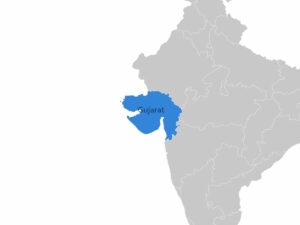
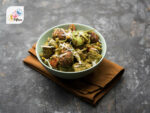
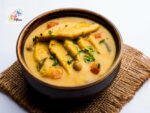
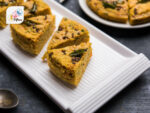
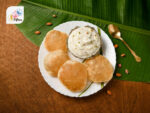
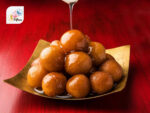
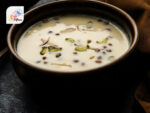

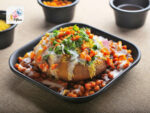
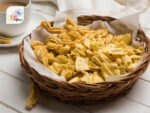
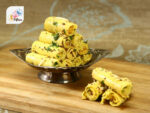
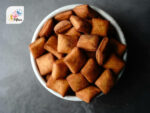
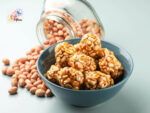
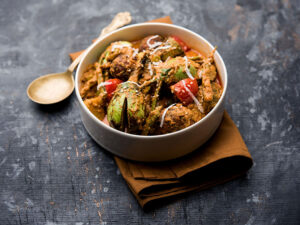
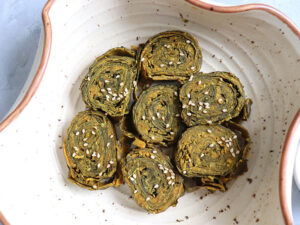
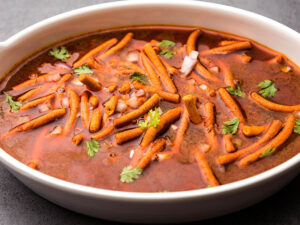
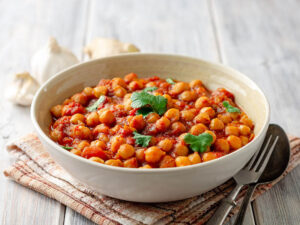
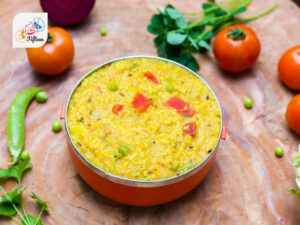
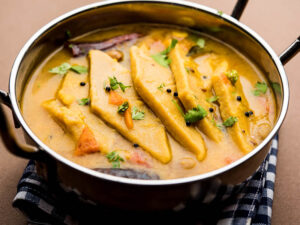
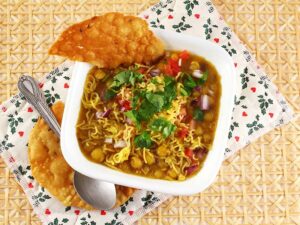
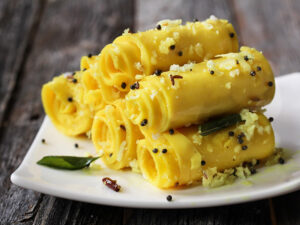
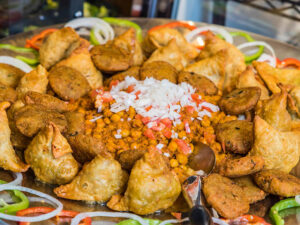
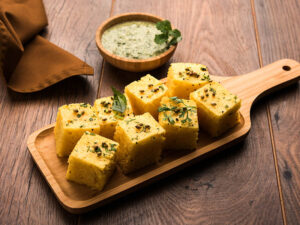
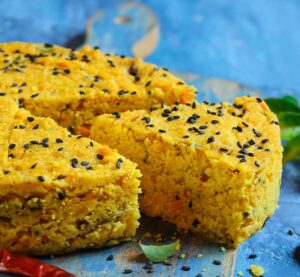
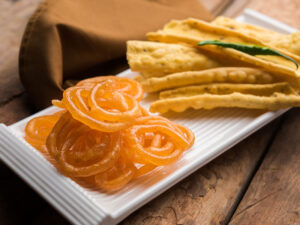
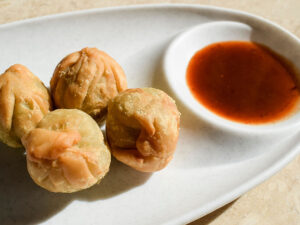
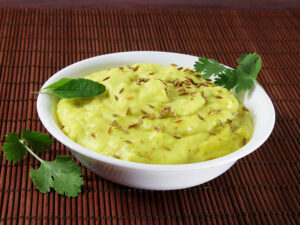
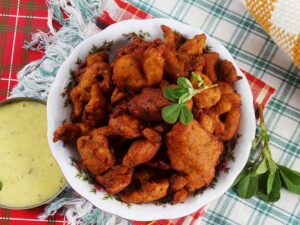
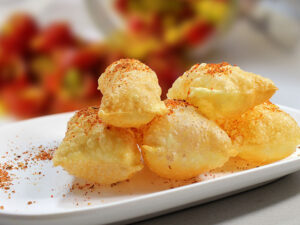
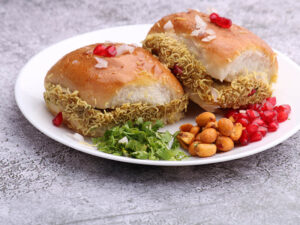
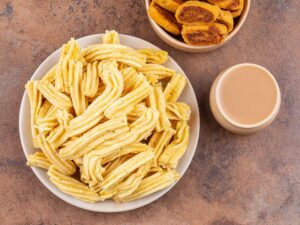
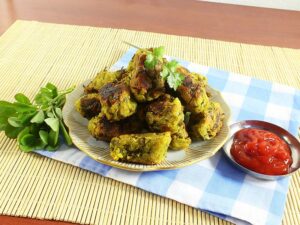
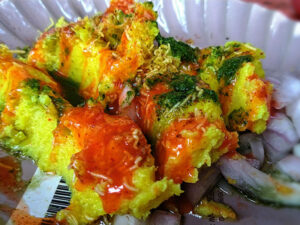
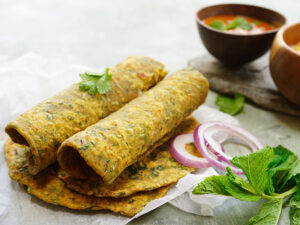
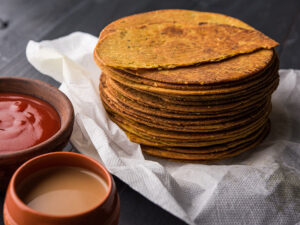
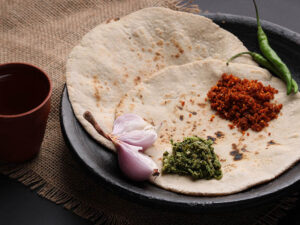
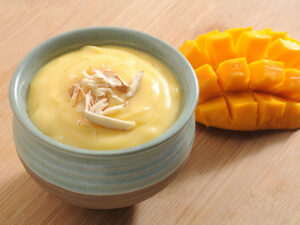
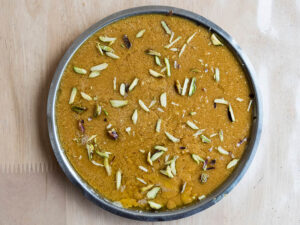
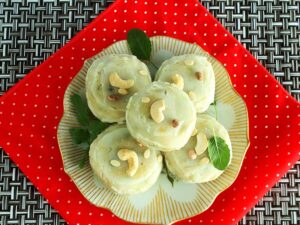
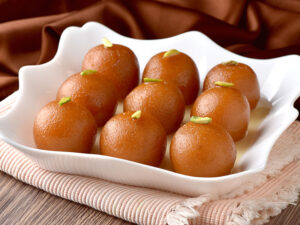
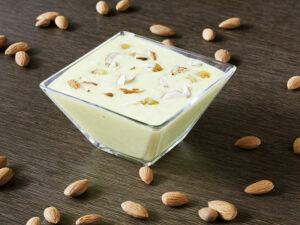
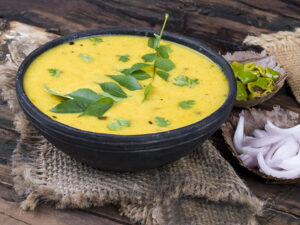
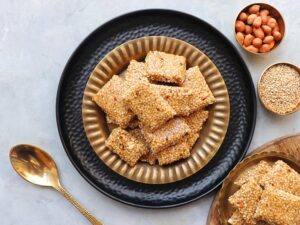

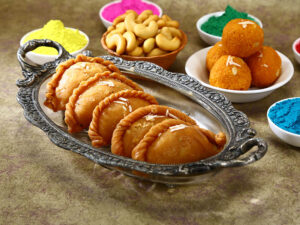
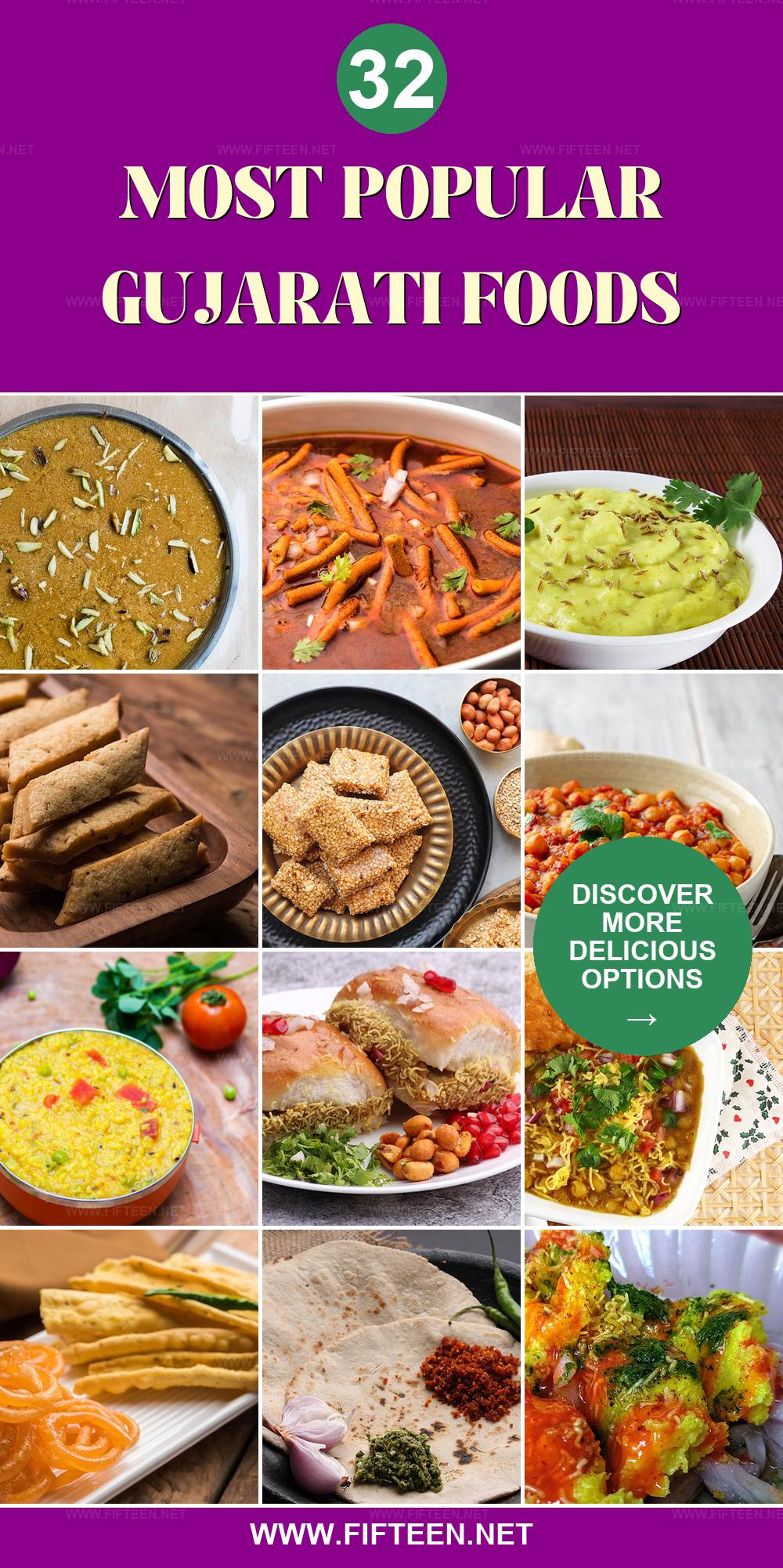
Jamie Scott
Editor in Chief, Senior Content Writer
Expertise
Home Cooking, Meal Planning, Recipe Development, Baking and Pastry, Food Editor, Cooking-video Maker, Western Food Evaluation Expert
Education
Le Cordon Bleu College of Culinary Arts
Local Community College, New York, NY
Jamie Scott is a skilled culinary expert and content creator specializing in Western cuisine. With over 15 years in the culinary field and formal training from Le Cordon Bleu, Paris, Jamie deeply understands how to blend nutrition with delicious flavors. His passion for cooking matches his commitment to making healthy eating accessible and enjoyable.
On Fifteen.net, Jamie brings a fresh perspective to classic dishes and beverages, offering readers insightful recipes, cooking tips, and a fresh view on meal planning that emphasizes taste, health, and simplicity.